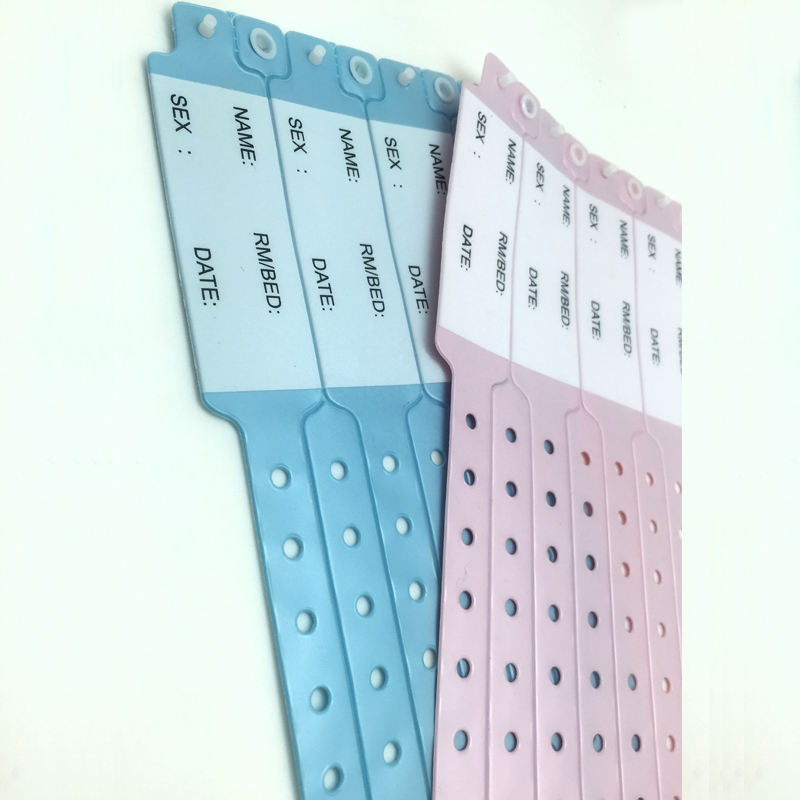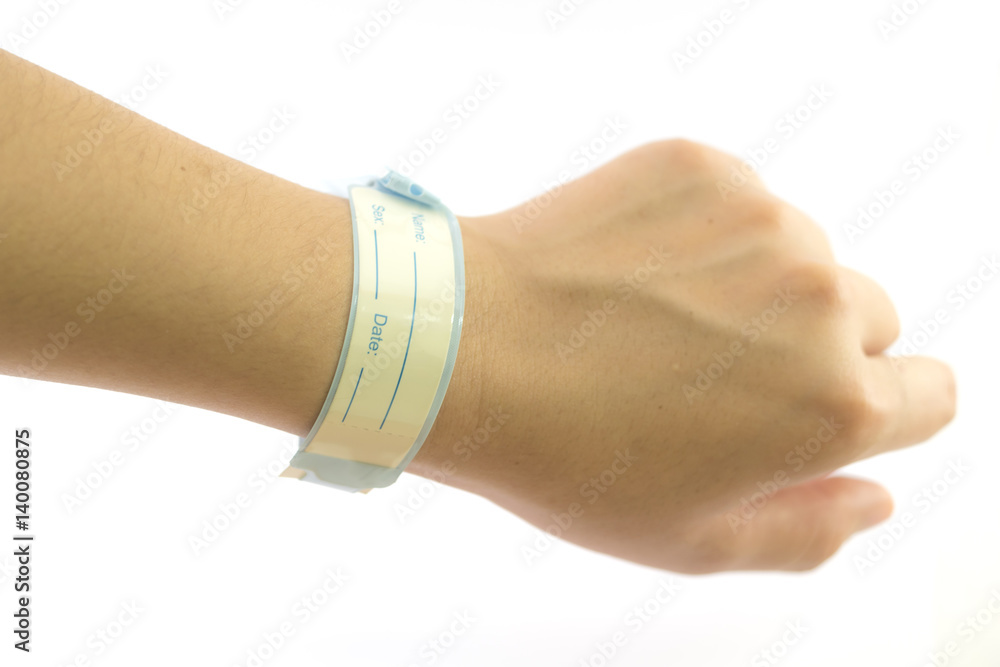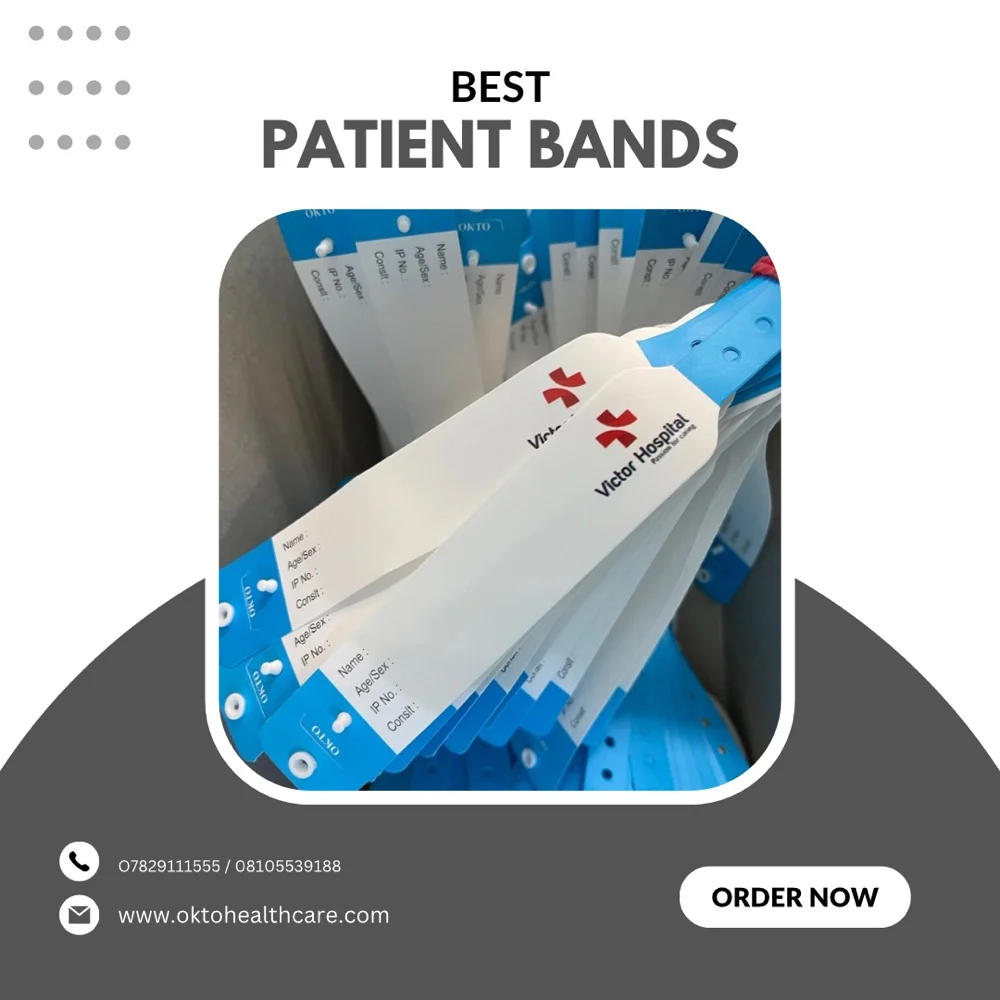How Patient Identification Band Aids Prevent Medical Errors and Mistakes
How Patient Identification Band Aids Prevent Medical Errors and Mistakes
Blog Article
Enhancing Client Treatment With Efficient Recognition Bands
The application of reliable recognition bands is a critical component in improving client treatment within healthcare settings. These bands not only offer to reduce the dangers connected with individual misidentification but also enhance communication among medical employees, therefore cultivating a more secure atmosphere. Numerous kinds of identification bands accommodate certain needs, from sturdy wristbands for grownups to specialized bands for babies and essential instances. As the landscape of person recognition progresses, one need to consider the implications of these systems on general medical care delivery and patient end results. What innovations await in this critical area?
Value of Person Identification
Making certain exact patient identification is vital in medical care settings, as it directly impacts the safety and quality of care provided. Misidentification can result in serious errors, including providing the wrong drug, performing incorrect procedures, or miscommunicating crucial individual info. Such errors not just threaten patient security however can additionally result in lawful implications and lowered depend on in health care systems.
Reliable individual recognition is essential to establishing a protected environment where people obtain personalized and suitable care. It helps with the accurate paperwork of medical histories, allergies, and treatment plans, making sure that doctor have access to important details in all times. Additionally, robust recognition protocols aid enhance interaction among medical staff, boosting cooperation and minimizing the risk of errors.

Types of Identification Bands
Identification bands play a critical duty in preserving precise individual documents and boosting security within health care settings. Various kinds of identification bands are made use of to provide to the specific requirements and requirements of different individual populaces.

An additional type is the ankle joint band, which is particularly valuable for babies and infants, guaranteeing that identification stays intact also during treatment procedures. Specialized bands, such as those for allergy informs or fall risk indicators, supply extra layers of safety by attracting instant focus to crucial person problems.
Lately, digital recognition bands have gotten popularity, incorporating barcodes or RFID technology that can be checked to swiftly recover person information. These bands improve process and minimize the risk of human mistake throughout person identification processes.
Benefits of Efficient Recognition
Effective identification of patients through using recognition bands contributes considerably to overall patient safety and security and care top quality. By making sure that each person is accurately recognized, health care companies can efficiently match medical treatments and treatments to the correct person, minimizing the threat of errors. This is particularly crucial in atmospheres with read here high patient turn over, where the capacity for misidentification is better.
Additionally, reliable recognition bands enhance communication among medical care groups. Accurate and clear person identification cultivates cooperation and makes sure that all group participants are aware of a patient's specific needs and case history. This interaction is vital for providing coordinated treatment, especially in emergency scenarios where time is important.

Ultimately, reliable recognition via the use of identification bands not only safeguards clients yet additionally advertises a society of safety and security within health care facilities (Patient Identification Band). By prioritizing exact identification, health care companies can enhance results and boost the total individual experience
Applying Identification Systems
While the importance of patient recognition is well identified, the application of durable recognition systems positions a complex difficulty for healthcare companies. Developing effective identification systems requires a detailed technique, incorporating innovation, employees training, and procedure assimilation.
First, organizations have to choose suitable recognition modern technologies, such as barcode scanning, RFID, or biometric systems. Patient Identification Band. These modern technologies should be examined based upon expense, functionality, and compatibility with existing framework. A pilot program can assist determine potential problems before full-blown implementation
Following, comprehensive training for staff is important. All workers have to recognize the value of exact patient identification and be proficient in the usage of the selected innovations. Routine training updates and analyses can reinforce best techniques and make certain continued compliance.
In addition, healthcare companies ought to develop standard treatments for individual identification throughout all divisions, lessening disparities and enhancing communication. Normal audits can help identify gaps in adherence to these procedures.

Ultimately, an effective implementation of identification systems not only improves patient safety and security but likewise promotes a culture of accountability and persistance within health care settings, ensuring regular and reliable individual treatment.
Future Trends in Person Recognition
Developments in technology are readied to revolutionize client visit site recognition methods in medical care settings. The integration of biometric recognition techniques, such as fingerprinting and face recognition, is anticipated to boost accuracy and protection. These modern technologies can substantially lower the danger of misidentification, making certain that people obtain the correct treatments and medications.
Moreover, the application of blockchain technology for patient records is gaining grip. This decentralized method can provide a secure and tamper-proof technique for handling person identifications, thus enhancing access to crucial details across different doctor.
One more fad is the enhancing use of mobile health and wellness applications that leverage QR codes for client identification. These applications enable real-time updates and simple access to individual information, encouraging healthcare specialists to make enlightened choices swiftly.
Furthermore, man-made intelligence (AI) is poised to play a key role in examining person identification information, recognizing patterns, and anticipating potential recognition errors before they happen.
As these technologies develop, they guarantee not just to enhance client safety but also to enhance the overall effectiveness of medical care shipment systems. Embracing these advancements will certainly be important for future-proofing patient treatment methods.
Conclusion
To conclude, efficient recognition bands are essential for improving person safety and care top quality within medical care settings. By reducing the dangers connected with misidentification, these bands facilitate prompt and precise information access, inevitably boosting interaction amongst medical care carriers. The application of robust identification systems not just cultivates a society of safety but also positions health care institutions to adapt to future fads in individual identification technology, guaranteeing ideal outcomes for people in diverse medical atmospheres.
As the landscape of client recognition advances, one must consider the ramifications of these systems on total health care shipment and client end results.Efficient individual identification is fundamental to establishing a safe setting where patients obtain tailored and appropriate treatment. Eventually, focusing on effective person recognition approaches not only fosters a culture of safety however likewise contributes to enhanced individual outcomes and overall complete satisfaction with health care solutions.
Effective identification of patients with the use of identification bands adds significantly to total individual safety and security and care high quality. The implementation of internet robust identification systems not only cultivates a culture of safety and security but also settings healthcare establishments to adjust to future trends in patient identification innovation, making certain optimal end results for people in diverse professional settings.
Report this page